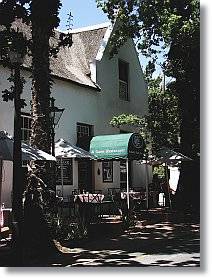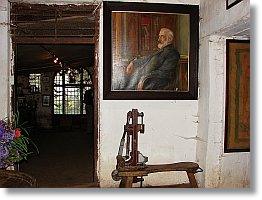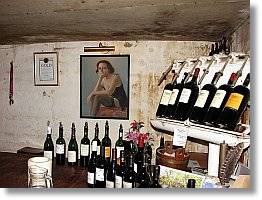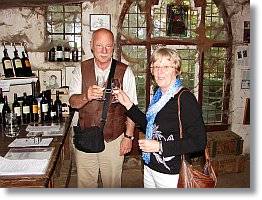- HOME
- CONTACT US
- Comments
- Cape Town
- Cape Town at night
- Stellenbosch
- Simons Town
- Kalk Bay
- Hermanus
- Genadendal
- Greyton
- Paarl
- Franschoek
- Mamre
- Butterfly World
- World of Birds
- The Argus Tour
- flora and fauna
- West coast spring flowers
- Big-and-small-five
- Space Photography
- South Africa geography
- Cape Carnival
- Penguin rescue
- dolphin-killings-in-denmark
- Cape Town Weather
Menu
Stellenbosch
Stellenbosch has a atmosphere, architecture and general appearance which all contribute to a unique charm. Essentially an academic and farming center, it is largely free of the relentless pressures of industry and excessive population growth.
Here, man has a change to live in a more relaxed atmosphere, to take stock of the good things around him, conserve and beautify, and learn that it is more pleasant by far to live in the shade of a tree rather than that of a lamp-postThe birth of Stellenbosch
It all started in 1679. On 3 November of that year Simon van der Stel , the newly appointed Commander and future governor of the Cape for the Dutch East India Company, set out with an escort of soldiers on a journey to explore the countryside immediately eastwards of Cape Town.
For five days Van der Stel and his party explored the wild garden. Following the Eerste River with its amber-coloured water up towards its source in the bosom of the mountains.
They reached, on the afternoon of 6 November, a place which captivated Van der Stel completely.
It was there that the river for a part of its course divided into two branches. Between the branches an island had been formed.
Van der Stel and his party camped beneath shady trees on the island. It was named Van der Stel se Bosch ( Van der Stel’s Wood ).
Before the end of that year the first settler had made a home in the area.
By the summer of 1681 the settlement Stellenbosch was flourishing.
Van der Stel
He was always a great man for trees, especially oaks. He ordered that oaks be planted along the sides of each street, watered by furrows fed from the river, with water rights to all gardens.
The presence of the river with its ample water was a great benefaction to the growth of a town.
something special for free
Web design and publishing by Ernst Weinert
.



